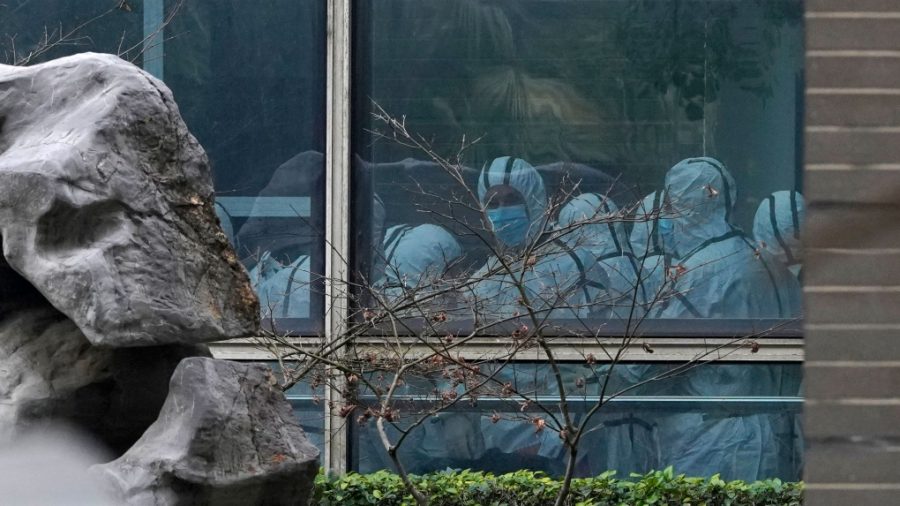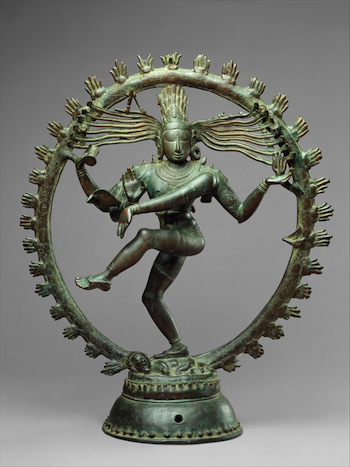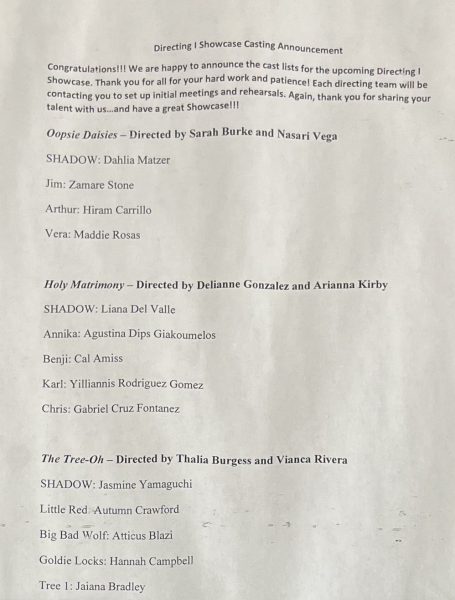A Mission in Wuhan Uncovers Signs of Wider Original COVID-19 Outbreak in 2019
Members of the WHO team visit the Hubei Animal Disease Control and Prevention Center in Wuhan on February 2.
February 18, 2021
Investigators from the World Health Organization (WHO) looking into the origins of COVID-19 in China have discovered signs that the outbreak was much wider in Wuhan in December 2019 than previously thought. They are currently seeking access to hundreds of thousands of blood samples from the city that China has so far not let them examine.
The lead investigator for the WHO mission, Peter Ben Embarek, told CNN in a wide-ranging interview that the mission had found several signs of the more wide-ranging 2019 spread. This included establishing that there were over a dozen strains of the virus in Wuhan already in December.
The slow emergence of more detailed data gathered on the WHO’s long-awaited trip into China may add to concerns voiced by other scientists studying the origins of the disease. They are worried the virus may have been spreading in China long before its first official emergence in mid-December.
Embarek, who has just returned to Switzerland from Wuhan, told CNN “The virus was circulating widely in Wuhan in December, which is a new finding.”
The WHO food safety specialist added that the team had been presented by Chinese scientists with 174 cases of coronavirus in and around Wuhan in December 2019. 100 cases had been confirmed by laboratory tests and another 74 through the clinical diagnosis of the patient’s symptoms.
Embarek said it was possible this larger number of likely severe cases meant the disease could have hit an estimated 1,000-plus people in Wuhan that December. “We haven’t done any modeling of that since,” he said. “But we know …in big ballpark figures… out of the infected population, about 15% end up severe cases, and the vast majority are mild cases.”
Embarek said the mission, which was comprised of 17 WHO scientists and 17 Chinese scientists, had broadened the type of virus genetic material they examined from early coronavirus cases that first December. This allowed them to look at partial genetic samples, rather than just complete ones. As a result, they were able to gather for the first time, 13 different genetic sequences of the SARS-COV-2 virus from December 2019. The sequences, if examined with wider patient data in China across 2019, could provide valuable clues about the geography and timing of the outbreak before December.












